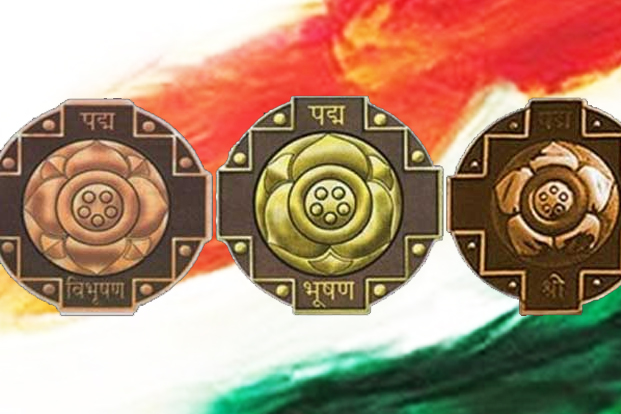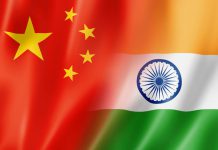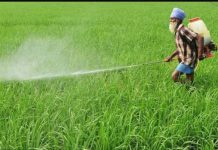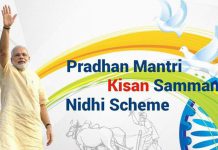Padma Awards 2018
As per practice Padma Awards for year 2018 has been announced on the eve of Republic Day. These awards are conferred by the President of India at ceremonial functions which
are held at Rashtrapati Bhawan usually around March/ April every year. This year the President of India has approved conferment of Padma Awards to 85 persons as per the list below. The list comprises of 3 Padma Vibhushan, 9 Padma Bhushan and 73 Padma Shri Awardees. 14 of the awardees are women and the list also includes 16 persons from the category of foreigners, NRIs, PIOs and 3 Posthumous awardees.
Click Here to Download the Complete List Here
About Padma Awards:
Padma Awards, which were instituted in the year 1954, is announced every year on the occasion of Republic Day except for brief interruption(s) during the years 1978 and 1979 and 1993 to 1997.
The award is given in three categories, namely,
- Padma Vibhushan for exceptional and distinguished service;
- Padma Bhushan for distinguished service of a high order; and
- Padma Shri for distinguished service.
All persons without distinction of race, occupation, position or sex are eligible for these awards. However, Government servants including those working with PSUs, except doctors and scientists, are not eligible for these Awards.
The award seeks to recognize works of distinction and is given for distinguished and exceptional achievements/service in all fields of activities/disciplines. An illustrative list of the fields is as under:
- Art (includes Music, Painting, Sculpture, Photography, Cinema, Theatre etc.)
- Social work (includes social service, charitable service, contribution in community projects etc.)
- Public Affairs (includes Law, Public Life, Politics etc.)
- Science & Engineering (includes Space Engineering, Nuclear Science, Information Technology, Research & Development in Science & its allied subjects etc.)
- Trade & Industry (includes Banking, Economic Activities, Management, Promotion of Tourism, Business etc.)
- Medicine (includes medical research, distinction/specialization in Ayurveda, Homeopathy, Sidhha, Allopathy, Naturopathy etc.)
- Literature & Education (includes Journalism, Teaching, Book composing, Literature, Poetry, Promotion of education, Promotion of literacy, Education Reforms etc.)
- Civil Service (includes distinction/excellence in administration etc. by Government Servants)
- Sports (includes popular Sports, Athletics, Adventure, Mountaineering, promotion of sports, Yoga etc.)
- Others (fields not covered above and may include propagation of Indian Culture, protection of Human Rights, Wild Life protection/conservation etc.)
The award is normally not conferred posthumously. However, in highly deserving cases, the Government could consider giving an award posthumously.
A higher category of Padma award can be conferred on a person only where a period of at least five years has elapsed since conferment of the earlier Padma award. However, in highly deserving cases, a relaxation can be made by the Awards Committee.
The awards are presented by the President of India usually in the month of March/April every year where the awardees are presented a Sanad (certificate) signed by the President and a medallion.
The recipients are also given a small replica of the medallion, which they can wear during any ceremonial/State functions etc., if the awardees so desire. The names of the awardees are published in the Gazette of India on the day of the presentation ceremony.
The total number of awards to be given in a year (excluding posthumous awards and to NRI/foreigners/OCIs) should not be more than 120.
The award does not amount to a title and cannot be used as a suffix or prefix to the awardees’ name
























